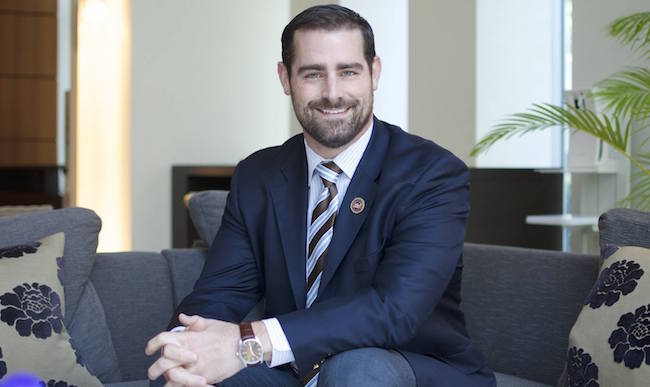The Transport Security Administration (TSA) has changed its policies regarding transgender travelers. New guidelines will not refer to trans people’s genitalia as “anomalies.”
Prior to this change, the software TSA used for their body scanners would indicate an “anomaly” on a person’s body if it appeared different from the program’s guidelines of what a “male” or “female” body look like. TSA agents decide which passengers will use the “male” guidelines and which use the “female” guidelines by judging their appearance on sight.
The decision comes after a social media campaign, #travelingwhiletrans, allowed trans people to describe their experiences with the TSA, including the experiences of Shadi Petosky (pictured), a trans woman who live-tweeted her interaction with TSA while being kept in a room and subjected to a humiliating 40-minute pat-down, which caused her to miss her flight.
Members of Congress reacted to this story by writing a letter to the TSA urging them to change their practices. The letter was signed by 32 members of Congress, and encouraged the TSA to stop using body screenings that rely on gender subjectively chosen by the TSA agent. The letter was signed by four of the seven openly LGBTQ members of Congress, Reps. David Cicilline, Mark Pocan, Jared Polis and Mark Takano
While the new policies will not use the word “anomaly” to refer to human body parts, the system will still rely on the agent selecting the perceived gender of the passenger.
The National Center for Transgender Equality (NCTE) is working with TSA so they can better serve transgender travelers. NCTE also has a resource guide explaining the rights transgender people have when going through airport security.
